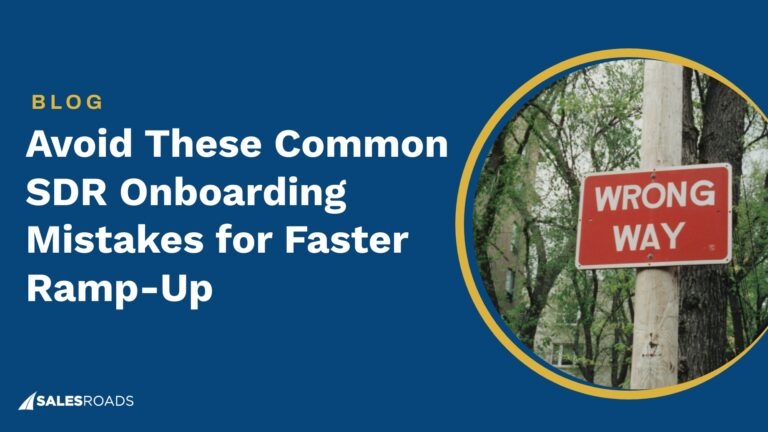Although cold calling is now tougher than ever, it is still one of the most effective channels if done right. After all, 78% of decision-makers say they have taken an appointment or attended an event that came from a cold call. The key here is to adapt.
Cold calling is a sales technique that came to the forefront in the mid-nineties and has been a key driver of revenue across industries, seeing phenomenal success over the years. Its success, to a large extent, can be attributed to its simplicity – you have something to sell and there are potential customers in the market. All you have to do is call and pitch your product or service.
Yet, as the technique proved efficient and found its way into virtually every industry, certain bad practices also crept in. A process meant for targeted prospecting gave way to large-scale indiscriminate calling that when coupled with some bad actors, came to be recognized as spam or even scams. After years of these practices, the first instinct when a person receives a cold call is to drop it! To quantify this impact, it took 3.78 cold calls to reach a prospect in 2007. In 2019, it took 8 attempts.
Although cold calling is now tougher than ever, it is still one of the most effective channels if done right. After all, 78% of decision-makers say they have taken an appointment or attended an event that came from a cold call. The key here is to adapt. If you continue to rely on volume to make up for your lack of strategy and preparation, you are destined to fail. Instead, adopt these 7 tips to significantly boost your cold calling success rate:
Develop Empathy
One of the reasons cold calling came to acquire a bad name is because most sales reps when contacting their prospects follow the same monotonous pitch that has nothing to do with their prospects and instead singularly focuses on selling their own product. For them, every prospect is just a number that acts as a barrier when it comes to establishing a credible human connection.
Have the Right Prospecting Tools
You obviously can’t develop empathy without knowing your prospects. This is precisely where cold calling in the 90s differs from cold calling today. Back then, all that sales reps had was a list of numbers, making it impossible to know who they were calling, the problems they faced, or even if they have the budget to buy the solution.
Know Your Product
This sounds like a no brainer, but it’s the truth. One of the key complaints of many prospects is that sales reps fail to accurately or comprehensively answer their questions. First, this is embarrassing. Second, it damages your credibility. If you’re selling a product, know it inside out. Simple pointers with key features might be enough for most prospects but you will also come across prospects who are informed and engaged but because you can’t answer their questions, you end up losing them. Even worse, these tend to be your most qualified, educated prospects who are closest to making a buying decision.
Set the Right Goals
Not every call is going to yield an opportunity and the chances of conversions vary depending on who you are dialing. You can hope to convert a startup with 5 employees within 1-2 calls but if you are dialing an enterprise, even setting an appointment in 4-5 calls can be counted as a success.
Have the Right Body Language
Body language on a call – yes, that isn’t a joke. Not many people know that your body language while on a call directly affects your tone, volume, and flow of the conversation. If you are hunched back in your seat making calls all day, you will sound low, mechanical, and boring. If your workplace permits, try taking calls while standing or moving around a bit. You will immediately notice the difference. If not, at least put a smile on your face: yes, the person on the other end won’t see it but your tone will improve and make the conversation positive.
Be Prepared for and Expect Objections
As most sales reps work with predetermined scripts, most prospects also have a specific set of objections. At the first stage, standard refusals include lines like:
- Not interested
- Call me later
- I’m not the right person
After you cross this stage, the most common refusals come in the form of:
- The cost is too high
- I already have a similar solution
Not only should you have answers ready in advance for such objections but also make those answers such that it throws them off their standard responses and prompts an actual conversation. Try meeting with other team members to discuss common objections and what responses you can create to grab their attention.
Practice and Improvise
Except for a few tips like getting the right tools and having detailed information on your product, you can’t incorporate these measures overnight. It takes time and practice, lots of practice, to get everything right. To be honest, there will be times when everything you have learned and practiced won’t work and it is in those moments that you need to improvise. They have a problem, you have a solution; find out a way to sell it. And mind you, there is always a way.











